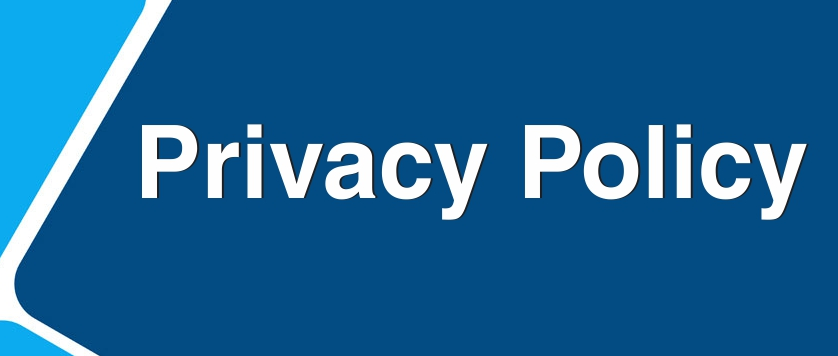Understanding the distinctions between a Privacy Policy and Terms and Conditions (T&C) is essential for anyone operating a website, app, or online service. These documents serve different purposes and are critical for legal compliance and building trust with users. Here’s a clear breakdown of the key differences between a Privacy Policy and Terms and Conditions.
Privacy Policy
Purpose: A Privacy Policy outlines how a business collects, uses, shares, and protects the personal information of its users. It ensures transparency and helps in complying with privacy laws such as the GDPR (General Data Protection Regulation) in Europe and CCPA (California Consumer Privacy Act) in the United States.
Key Elements:
- Data Collection: Explains what personal information is collected, such as names, email addresses, IP addresses, and payment information.
- Usage: Describes how the collected data is used, whether for improving services, marketing, or analytics.
- Sharing: Details with whom the data is shared, such as third-party service providers or business partners.
- Protection: Outlines the measures taken to protect user data from breaches and unauthorized access.
- User Rights: Informs users about their rights regarding their personal data, including access, correction, deletion, and opting out of data collection.
- Updates: States how users will be informed about changes to the Privacy Policy.
Legal Requirement: Privacy Policies are legally required in many jurisdictions, especially if you collect personal data from users. Non-compliance can result in hefty fines and damage to reputation.
Terms and Conditions
Purpose: Terms and Conditions set the rules and guidelines that users must agree to in order to use a website, app, or service. They establish the legal relationship between the service provider and the user, detailing the rights and responsibilities of both parties.
Key Elements:
- Acceptance: States that by using the service, users agree to the terms outlined.
- Usage Rules: Defines acceptable and prohibited behaviors on the platform, such as posting content, interactions with other users, and usage restrictions.
- Intellectual Property: Clarifies the ownership of content, including user-generated content and the service provider’s own materials.
- Liability: Limits the service provider’s liability in case of issues like data loss, service interruptions, or third-party content.
- Termination: Describes the conditions under which a user’s account can be suspended or terminated.
- Dispute Resolution: Provides methods for resolving disputes, such as arbitration or mediation.
- Modifications: Explains how and when the T&C can be updated and the user’s responsibility to stay informed of these changes.
Legal Requirement: While not always legally required, having Terms and Conditions is highly recommended to protect the business from potential legal issues and to set clear expectations with users.
Key Differences
- Focus: A Privacy Policy is focused on data protection and user privacy, while Terms and Conditions govern the overall use of the service.
- Legal Requirement: Privacy Policies are often mandated by law, whereas Terms and Conditions are recommended but not always required.
- Content: Privacy Policies deal with personal data handling, whereas Terms and Conditions cover broader aspects of using the service.
- Audience: A Privacy Policy is aimed at informing users about their data, while Terms and Conditions establish the rules users must follow.
In summary, both documents are essential for any online service. A Privacy Policy ensures compliance with data protection laws and builds user trust, while Terms and Conditions provide a clear framework for service usage and protect the business from legal disputes. Understanding and implementing both correctly can help in maintaining a transparent, secure, and user-friendly platform.
